|
Fish biologist M. Sid Kelly has a remarkable twitter feed, filled with photography of some of the most amazing marine wildlife that can be found at Humboldt County, California. From a variety of colorful nudibranchs species to sea urchins and brittle stars! For more cool photography be sure to follow M. Sid Kelly on Twitter. El biólogo especialista en peces M. Sid Kelly tiene un feed en twitter bastante notable, lleno de fotografías de fauna marina asombrosa que se puede encontrar en el condado de Humboldt, California. ¡Desde una variedad increíble de especies de nudibranquios hasta erizos de mar y estrellas quebradizas!
Para más fotografías asegúrate de seguir a M. Sid Kelly en Twitter.
0 Comments
Harrison Warne is a talented Australian photographer that has a lifelong passion for wildlife and photography. He believes in the importance of the environmental and conservation education by taking beautiful images to deliver a powerful and educational message. You can follow his work on Instagram and Facebook Harrison Warne es un talentoso fotógrafo australiano apasionado por la vida silvestre y la fotografía. Él cree en la importancia de la educación ambiental y de la conservación tomando imágenes hermosas para entregar un mensaje educativo de gran alcance.
Puedes seguir su trabajo en Instagram y Facebook Masayoshi Matsumoto (previously featured here) it's a known Japanese artist that produces complex latex masterpieces, from a beetle larva to a Proboscis monkey, this multi-colored balloon animal creations are incredibly realistic interpretations of the animals they imitate. You can see more of his insects and animals on his Facebook, Tumblr, and Instagram. Source: thisiscolossal.com Masayoshi Matsumoto es un conocido artista japonés que produce complejas obras de látex, desde una larva de escarabajo hasta un mono de Proboscide, estas creaciones de animales multicolores con globos es una interpretación increíblemente realista de los animales que imita. Usted puede ver más acerca de sus insectos y animales en su Facebook, Tumblr e Instagram.
Fuente: thisiscolossal.com Images credits: Robert J. Lang Origami // www.langorigami.com Twenty five years ago, physicist Robert Lang worked at NASA, where he researched lasers. He has also garnered 46 patents on optoelectronics and even wrote a Ph.D. thesis called "Semiconductor Lasers: New Geometries and Spectral Properties." But in 2001, Lang left his job in order to pursue a passion he's had since childhood: origami. In the origami world, Lang is now a legend, and it's not just his eye-catching, intricate designs that have taken the craft by storm. Some of his work has helped pioneer new ways of applying origami principles to complex real-world engineering problems. He is known for his complex and elegant designs, most notably of insects and animals. He has studied the mathematics of origami and used computers to study the theories behind origami. He has made great advances in making real-world applications of origami to engineering problems. Source: www.greatbigstory.com Hace veinticinco años, el físico Robert Lang trabajó en la NASA, donde investigó los láseres. También ha obtenido 46 patentes en optoelectrónica e incluso ha escrito una tesis de doctorado titulada "Semiconductores Lasers: Nuevas Geometrías y Propiedades Espectrales". Pero en 2001, Lang dejó su trabajo con el fin de perseguir una pasión que ha tenido desde la infancia: el origami. En el mundo del origami, Lang es ahora una leyenda, y no solo por sus llamativos diseños intrincados que han tomado el arte por sorpresa. Parte de su trabajo ha ayudado a pioneros en nuevas formas de aplicar principios de origami a complejos problemas de ingeniería del mundo real.
Él es conocido por sus diseños complejos y elegantes, sobre todo de insectos y animales. Ha estudiado las matemáticas del origami y ha usado computadoras para estudiar las teorías detrás del origami. Ha hecho grandes avances en la fabricación de aplicaciones reales del origami a problemas de ingeniería. Fuente: www.greatbigstory.com Photos: Dr Vazrick Nazari The very popular and hated brand new president of the United States of America, Donald Trump has received the honor of having a new species of moth officially named after him: Neopalpa donaldtrumpi.
The new species has a strange blonde thing on its head and small genitals (the study notes it has “genitalia comparatively smaller” than its closest relative N. neonata). Evolutionary biologist Dr Vazrick Nazari named the moth as such because of its uncanny resemblance to Trump’s iconic hairdo. However, he also stressed that he hopes the name will generate interest in the species and promote conservation efforts for North America’s neglected micro-fauna. Source: iflscience.com El muy popular y odiado nuevo presidente de los Estados Unidos de América, Donald Trump, ha recibido el honor de tener una nueva especie de polilla que nombrado en su honor: Neopalpa donaldtrumpi. La nueva especie tiene una extraña cosa rubia en su cabeza y pequeños genitales (el estudio señala que tiene "genitalia comparativamente más pequeña" que su pariente más cercano, N. neonata). El biólogo evolutivo Dr. Vazrick Nazari llamó a la polilla en su honor debido al extraño parecido con el peinado icónico de Trump. Sin embargo, también enfatizó que espera que el nombre genere interés en la especie y promueva los esfuerzos de conservación de la micro-fauna abandonada en Norteamérica. Fuente: iflscience.com If you think bath time is enjoyable, check out this incredible archaeology soap with dinosaurs inside! The soap is made to replicate the layers of the earth, and each layer contains different elements such as bentonite clay and pumice that wear away at different rates, just like in real life!! The soap is a 13oz, 3-inch handmade cube, which is pretty huge for a bar of soap, and it apparently smells like dirt with a hint of peppermint or something like that, want one? Then head on over to ThinkGeek.
Si tu piensas que la hora del baño es agradable, echa un vistazo a este increíble jabón arqueológico con dinosaurios dentro! El jabón se hace para replicar las capas de la tierra, y cada capa contiene diferentes elementos como la arcilla bentonita y piedra pómez que se desgastan a diferentes ritmos y a medida que te bañas, al igual que en la vida real! El jabón está hecho a mano y pesa 13 oz, y mide 3 pulgadas, es bastante grande para una barra de jabón, y al parecer huele a tierra con un toque de menta o algo así, ¿quieres uno? Dirígete a ThinkGeek. A ghost shark caught on camera for the first time by Jason Bittel. Little is known about the Ghost Shark, also known as a Chimaera, which lives around a-mile-and-a-half beneath the ocean’s surface. But it has been established that its reproductive organs are situated on its head, although scientists say it is unclear why. Unlike well-known shark species, such as Great Whites and Hammerheads, chimaeras don’t have hundreds of sharp teeth. Instead, they target much smaller, bottom feeding prey, and crush them using the mineral plates they have instead of teeth. Source: independent.co.uk, sixpenceee Un tiburón fantasma capturado en cámara por primera vez por Jason Bittel. Poco se sabe sobre el tiburón fantasma, también conocido como quimera, vive alrededor de una milla y media bajo la superficie del océano. Pero se ha establecido que sus órganos reproductivos están situados en su cabeza, aunque los científicos dicen que no está claro por qué.
A diferencia de las especies de tiburones bien conocidas, como los grandes tiburones blancos y los tiburón martillo, las quimeras no tienen cientos de dientes afilados. En su lugar, se dirigen a presas mucho más pequeñas, se alimentan en el fondo y aplastan a las presas utilizando las placas minerales que tienen en lugar de los dientes. Fuente: independent.co.uk, sixpenceee A new spider species was discovered by researchers in Karnataka, India and named after a popular wizard in the Harry Potter world, because the spider resembles the magical hat worn by the wizard. Members of the genus Eriovixia Archer, 1951 are characterized by possessing a pilose carapace, sub-triangular abdomen, tapering posteriorly with or without a caudal appendage, legs spiny; epigynum bearing a short, stout scape, with a recurved tip, to which a pair of curved sclerites bearing anterior copulatory openings are completely incorporated, and fused with. Globally represented by 20 species, four are known to occur in India. (Archer, 1951; Han & Zhu, 2010; World Spider Catalog, 2016). This spider is barely 7mm in length, has been scientifically named Eriovixia gryffindori, this uniquely shaped spider derives its name from the sorting hat, owned by the medieval wizard Godric Gryffindor, one of the four founders of Hogwarts School of Witchcraft and Wizardry. Source Open Access article Eriovixia gryfindori , anterodorsal and frontal view.
Vermont-based knitter Emily Stoneking runs an anatomical knitting brand called aKNITomy where she transforms fluffy skeins of yarn into the anatomical details of rats, frogs, people, and other creatures. She likes to approximate the form and style seen in most anatomical illustrations with clear colors and distinct forms that may not be 100% accurate but are fun to look at nonetheless. The specimens are available as both completed pieces and downloadable patterns, so you can ditch the formaldehyde and get a PDF knitting guide. Source: www.thisiscolossal.com Emily Stoneking tiene una marca de tejidos llamada aKNITomy donde transforma madejas de estambre en órganos anatómicos de ratas, ranas, personas y otras criaturas. A ella le gusta aproximarse a la forma y el estilo que se ve en la mayoría de las ilustraciones anatómicas con colores claros y formas distintas, estos no son 100% correctos, pero son divertidos de mirar.
Los especímenes están disponibles como piezas terminadas y patrones descargables, para que puedas abandonar el formaldehído y en vez de eso, obtener una guía PDF de tejer. Fuente: www.thisiscolossal.com Honeybees, which pollinate nearly one-third of the food we eat , have been dying at unprecedented rates. The crisis is generally attributed to a mixture of disease, parasites, and pesticides. Other scientists are pursuing a different tack: replacing bees. While there's no perfect solution, modern technology offers hope. Researchers at Harvard University led by engineering professor Robert Wood introduced the first RoboBees, bee-size robots with the ability to lift off the ground and hover midair when tethered to a power supply. Source: www.businessinsider.com Las abejas polinizan casi un tercio de los alimentos que comemos, y se han estado muriendo a un ritmo sin precedentes. La crisis se atribuye generalmente a una mezcla de enfermedades, parásitos y pesticidas. Otros científicos están siguiendo un rumbo diferente: la sustitución de las abejas.
Si bien no hay una solución perfecta, la tecnología moderna ofrece esperanza. Investigadores de la Universidad de Harvard dirigidos por el profesor de ingeniería Robert Wood presentaron las primeras "RoboBees", robots abeja de tamaño diminuto con la capacidad de levantarse del suelo y coloque el aire cuando están conectados a una fuente de alimentación. Fuente: www.businessinsider.com |
Blog Archive
|





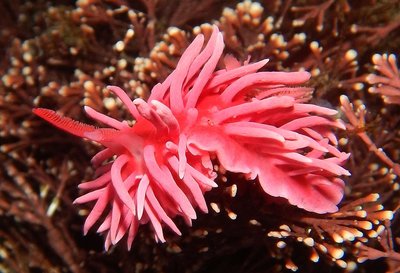
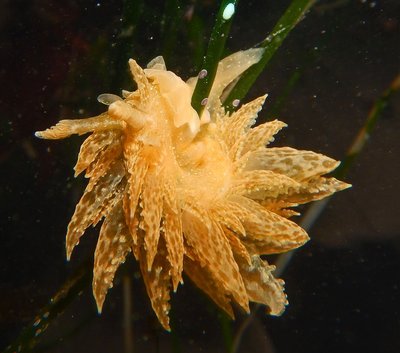

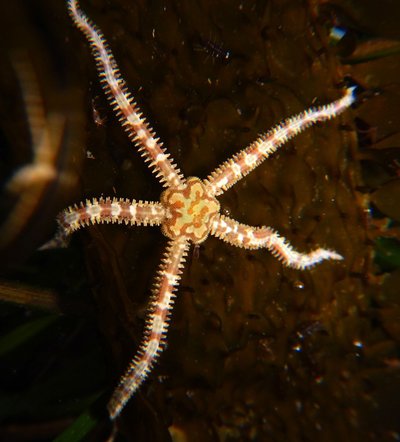
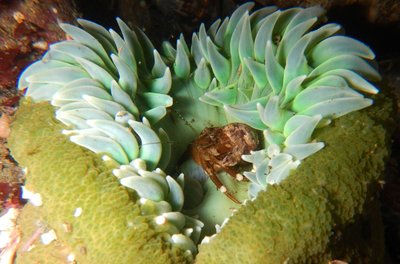





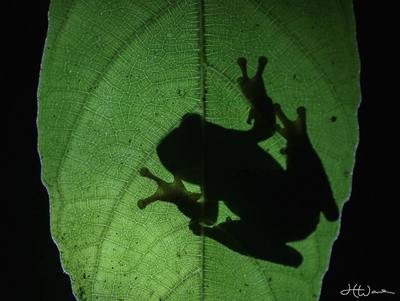
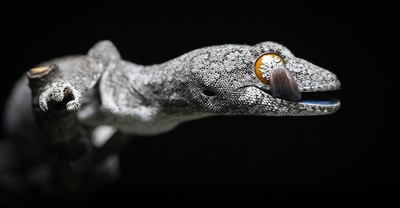
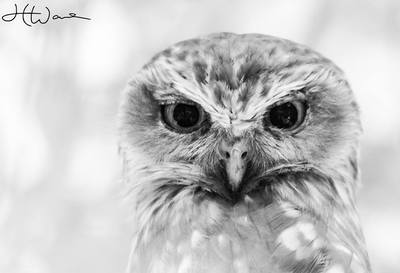

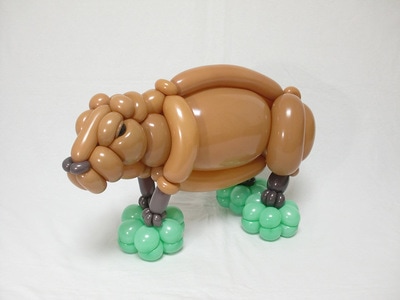


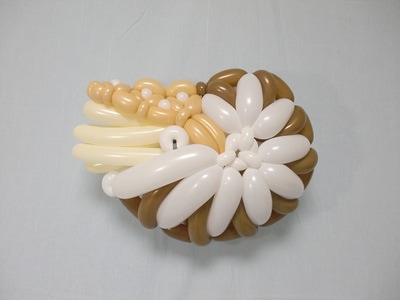
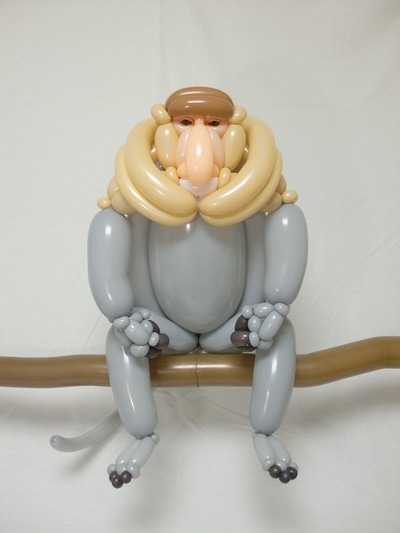


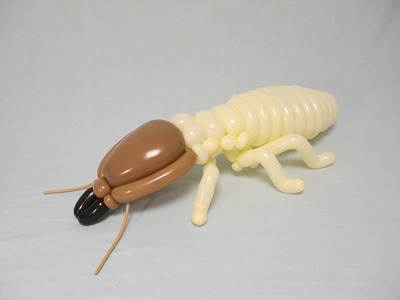
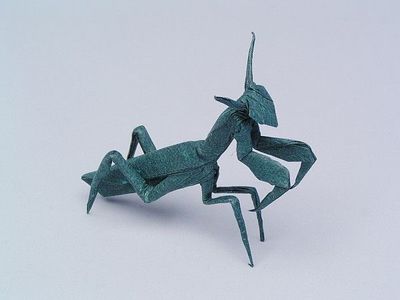



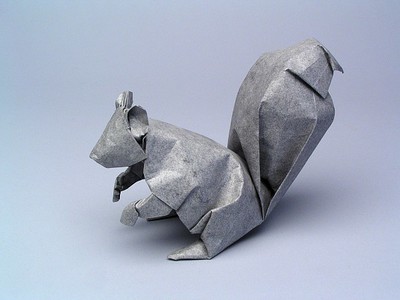


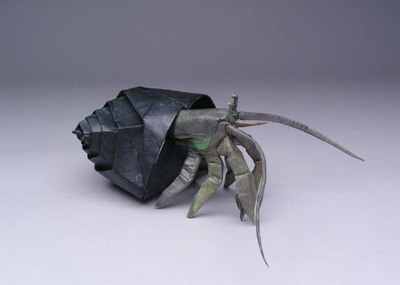


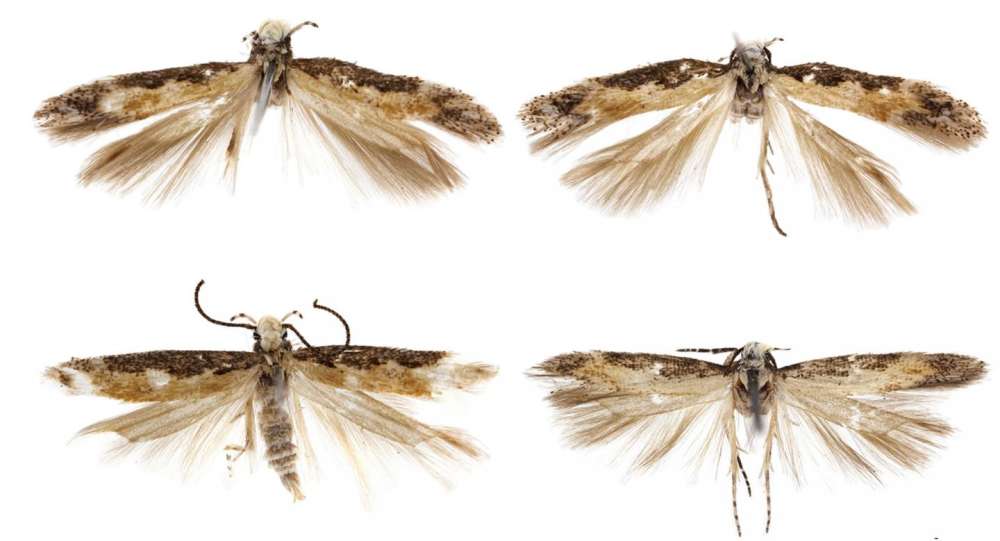
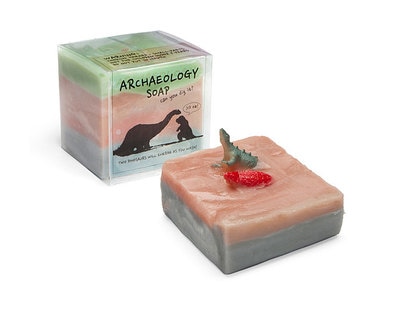
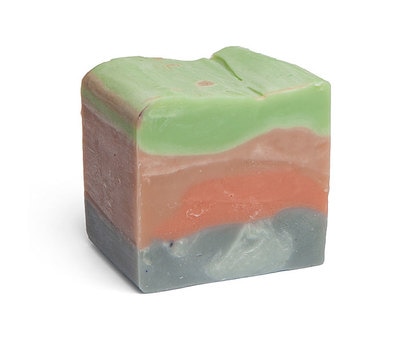
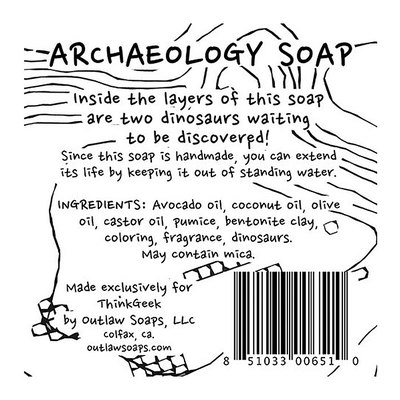

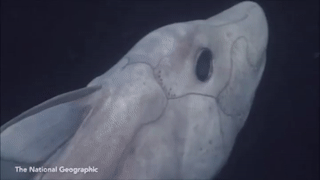
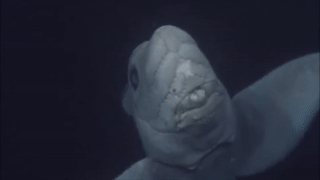

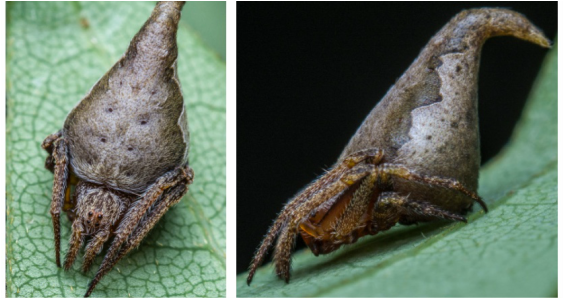


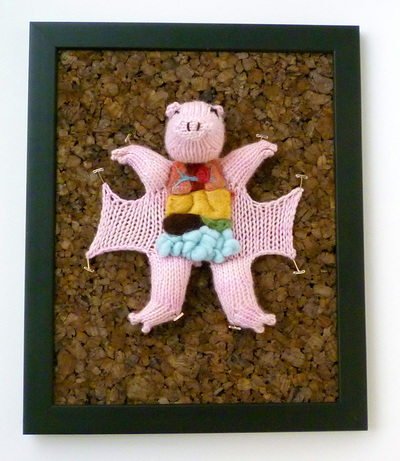
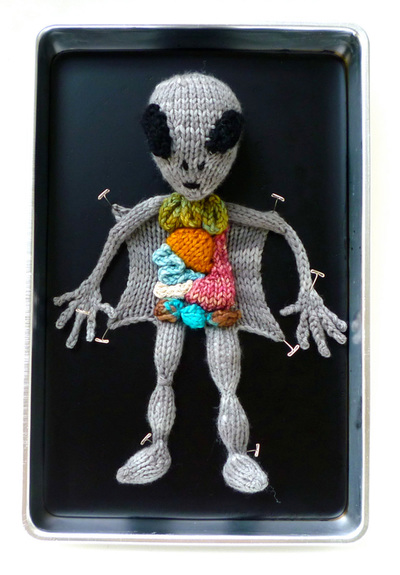

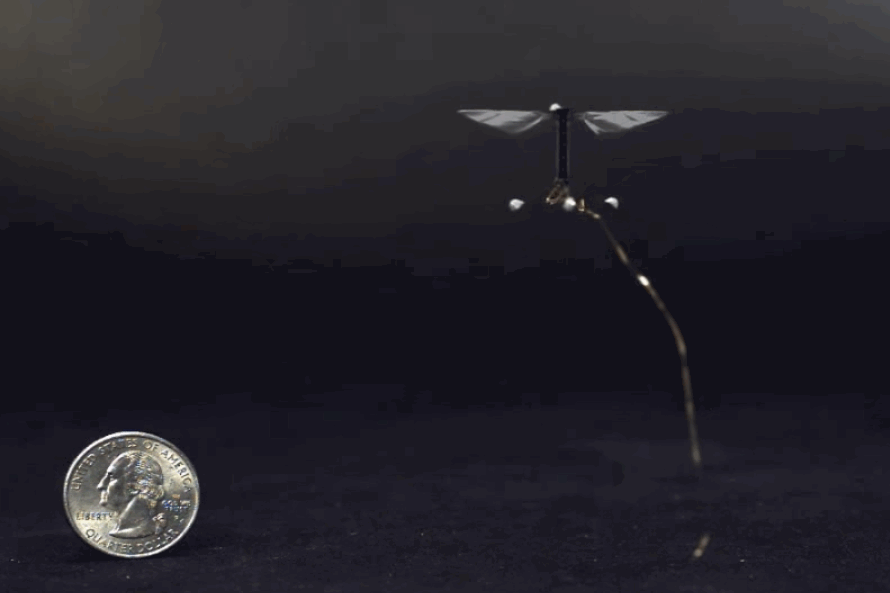
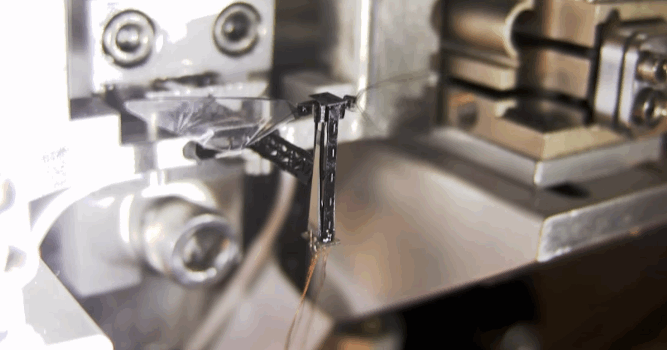
 RSS Feed
RSS Feed
